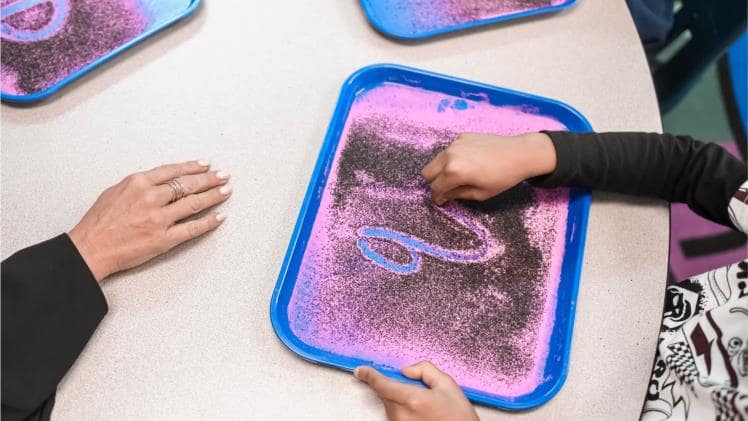People around the world suffer from several types of diseases and disorders. As such, a startling 5-15% of Americans have dyslexia, a learning disability that makes it hard to read, write, and spell, no matter how hard the individual tries. Numerous acclaimed films and books have been made on the kind of hindrance it may pose in a person’s life; however, little was done about it.
But, this was until the Orton Gillingham Approach was developed. Since then, teachers with Orton Gillingham training have become a significant influence in the classroom for those with language learning disabilities.
But when and how exactly did this approach come to be? Moreover, how does it work? Read on to find out:
Understanding Learning Disabilities
These differences are related to the comprehension and usage of written and spoken language. As such, a person with a language learning difference or disability may have difficulty with reading, writing, or spelling skills. Meanwhile, language learning disabilities have nothing to do with a person’s IQ. And many people who have been identified to have a language learning deficit are extremely bright. Moreover, although a language learning disability affects a significant amount of the population and the most prevalent one is dyslexia.
Orton Gillingham Approach
This specific approach is named after the crucial and foundational contributions of Anna Gillingham and Samuel T. Orton.
Samuel Torrey Orton was a pathologist and neuropsychiatrist and was a trailblazer who focused on reading comprehension and related language comprehension disorders. He combined his neuroscientific knowledge with remedial principles and diagnosed dyslexia as an educational impediment as early as 1925.
Meanwhile, Anna Gillingham was a brilliant educator and psychologist with an exceptional command of the language. And, Dr Orton encouraged her to compile and publish educational materials as early as the 1930s, laying the groundwork for student teaching and teacher training which would become known as the Orton Gillingham Approach.
How Does the Approach Work?
The Orton Gillingham Approach is typically linked with a one-on-one teacher-student instructional format, and it is commonly used in small class models. Orton Gillingham practitioners develop lessons and resources to engage with students at their level by pacing lessons and introducing new material based on the individual strengths and weaknesses displayed by the students.
Its central emphasis has been on reading, spelling, and writing issues, but it has also been effectively adapted to help kids who struggle with numbers.
Why Is the Approach So Effective?
This cognitive and emotionally healthy method has a long track record of success in helping children connect with language and words for a better learning experience. It is an approach that allows authorized educators with Orton Gillingham training to be creative while instructing their students when adjusting to the unique needs of every learner.
Since the science of reading is complex, Orton Gillingham focuses on structured and multisensory instructions that help children establish better connections to language structure.
In a world where normalcy is one-dimensional and expected of everyone, the Orton Gillingham Approach attempts to dismantle it. Besides, it has been one of the more significant early developments in the area of accessibility of education. So, with trained individuals worldwide making an effort to normalize inclusivity, the day is not far when education becomes accessible to all and learning disabilities are only hailed as differences.

